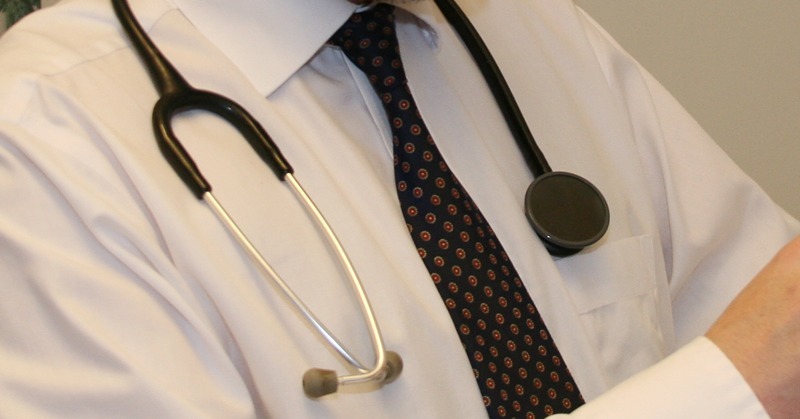NHS Tayside has developed an online service to monitor the health of prostate cancer survivors.
The virtual clinic is suitable for patients whose disease is stable two years after their radiotherapy treatment ends and who no longer require hospital review.
Prostate cancers usually need lifelong follow-up care and the online system allows regular checks to take place without the need for lengthy hospital visits.
Before any patient is directed to the virtual clinic, they speak to a specialist urology nurse appointed to see potential virtual clinic patients when they attend for their routine follow-up outpatient appointment.
The nurse then explains the virtual clinic to them and asks the patient if they are agreeable to be enrolled.
Using existing hospital IT resources, post-dated prostate blood test requests are printed and given to the patient every six months, which they can use to get blood taken by a practice nurse at their GP surgery at any time that is convenient for them during that particular month.
They are contacted by the nurse with their blood result and any action required.
Patients are also given a diary to log their treatment, including blood test results and the date of their next tests.
Consultant clinical oncologist Dr Phyllis Windsor said, “At any one time there will be a number of patients who will need monitoring, treatment and support that can be offered via the virtual clinic model.
“The virtual clinic enables people to maintain their health, independence and wellbeing, and will support the effective management of long-term health conditions within the community, freeing up resource time in acute settings to manage existing and predicted service demands.
“A patient satisfaction questionnaire demonstrated that 98.4% were happy with the new service and 98.8% of patients reported being well supported by the virtual clinic.
“This particular virtual clinic is extremely successful and is constantly accruing patients weekly.
“In 2010, the clinic recorded 700 outpatient visits, which means that these visits would have been ‘actual’ rather than ‘virtual’, if the virtual clinic did not exist.”
A website has been designed and a video recording of the consultant explaining how the virtual clinic can be accessed, along with links to approved prostate cancer information sites and NHS Tayside leaflets, and frequently asked questions.
For more information visit www.taysidepsaclinic.com.
